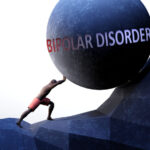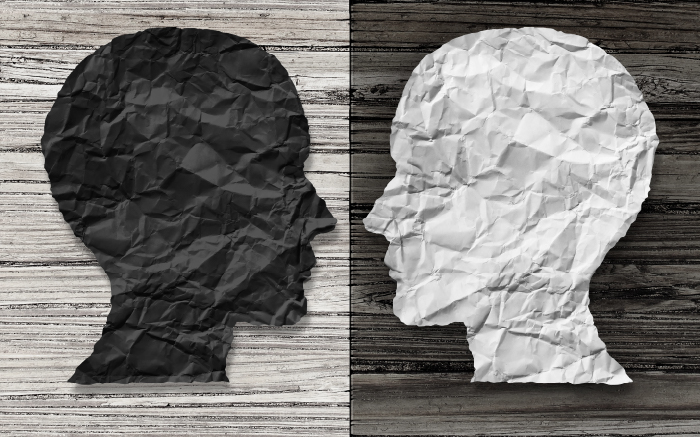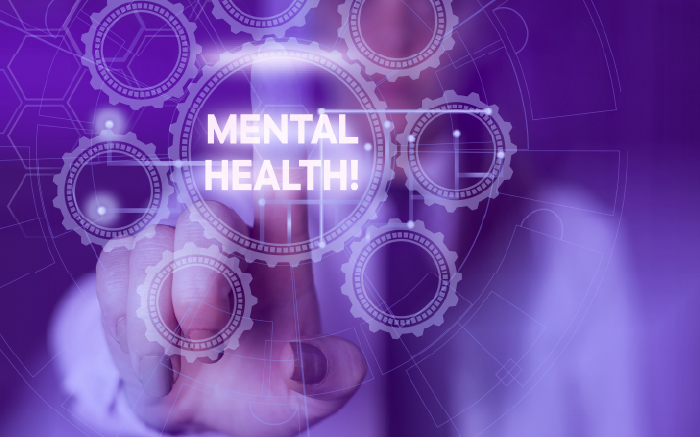Bipolar disorder is a complex mental health condition characterized by extreme mood swings that include emotional highs (mania or hypomania) and lows (depression). These mood shifts can be disruptive to daily life and relationships, making it crucial to recognize the signs and symptoms early on for effective management and treatment. In this article, we’ll delve into the key indicators of bipolar disorder, helping individuals and their loved ones better understand this condition and seek appropriate support.
Understanding Bipolar Disorder
Formerly known as manic-depressive illness, bipolar disorder doesn’t discriminate and can affect individuals of any age, race, or background. It’s a life-long condition that requires ongoing management and support. There are several types of bipolar disorder, including bipolar I, bipolar II, cyclothymic disorder, and other specified and unspecified bipolar and related disorders. Each type has its unique characteristics, but they all share the hallmark feature of mood swings.
Signs and Symptoms:
- Manic Episodes: One of the defining features of bipolar disorder is the occurrence of manic episodes. During a manic episode, individuals experience intense euphoria or irritability that can significantly impact their behavior and judgment. Key signs of manic episodes include the following:
- Excessive energy and restlessness
- Grandiosity or inflated self-esteem
- Reduced need for sleep
- Racing thoughts and rapid speech
- Impulsive or risky behavior, such as excessive spending, reckless driving, or substance abuse
- Hypomanic Episodes: In bipolar II disorder, individuals experience hypomanic episodes, which are less severe than full-blown manic episodes but still disrupt normal functioning. Signs of hypomania include:
- Increased energy and productivity
- Elevated mood or irritability
- Heightened creativity and goal-directed activities
- Racing thoughts and distractibility
- Engaging in pleasurable activities with little regard for consequences
- Depressive Episodes: Alongside manic or hypomanic episodes, individuals with bipolar disorder also experience depressive episodes, characterized by intense sadness, hopelessness, and a loss of interest in activities they once enjoyed. Symptoms of depressive episodes may include:
- Persistent sadness or emptiness
- Loss of interest in activities
- Changes in appetite or weight
- Fatigue or loss of energy
- Difficulty concentrating or making decisions
- Thoughts of death or suicide
- Mixed Episodes: Some individuals with bipolar disorder may experience mixed episodes, where symptoms of mania and depression occur simultaneously or rapidly alternate. These episodes can be particularly challenging to manage and may increase the risk of impulsive or suicidal behavior.
- Cyclothymic Disorder: Cyclothymic disorder is a milder form of bipolar disorder characterized by mood swings that are less severe but more chronic than those seen in bipolar I or II disorder. Individuals with cyclothymic disorder may experience numerous periods of hypomanic and depressive symptoms over a period of at least two years.
Early Warning Signs
Recognizing the early warning signs of bipolar disorder can facilitate early intervention and improve outcomes. While symptoms vary from person to person, some common early warning signs include:
- Changes in sleep patterns
- Increased irritability or agitation
- Difficulty concentrating
- Changes in appetite or weight
- Loss of interest in activities
- Social withdrawal
- Racing thoughts or difficulty organizing thoughts
Diagnosis and Treatment
Diagnosing bipolar disorder involves a comprehensive evaluation by a mental health professional, including a thorough medical history, a physical examination, and an assessment of symptoms. Treatment typically involves a combination of medication, such as mood stabilizers, antipsychotics, or antidepressants, and psychotherapy, including cognitive-behavioral therapy (CBT), interpersonal and social rhythm therapy (IPSRT), and family-focused therapy.
It’s important for individuals with bipolar disorder to work closely with their healthcare team to develop a personalized treatment plan that addresses their unique needs and preferences. Additionally, lifestyle modifications, such as maintaining a regular sleep schedule, managing stress, and avoiding drugs and alcohol, can help stabilize mood and reduce the frequency and severity of mood episodes.
Identifying bipolar disorder can be challenging, as symptoms can vary widely and may overlap with other mental health conditions. However, by understanding the key signs and symptoms outlined in this article, individuals and their loved ones can be better equipped to recognize when professional help may be needed.
Early intervention and appropriate treatment are essential for managing bipolar disorder and improving quality of life. If you or someone you know is experiencing symptoms of bipolar disorder, don’t hesitate to seek support from a qualified mental health professional. With the right treatment and support, individuals with bipolar disorder can lead fulfilling and productive lives.






